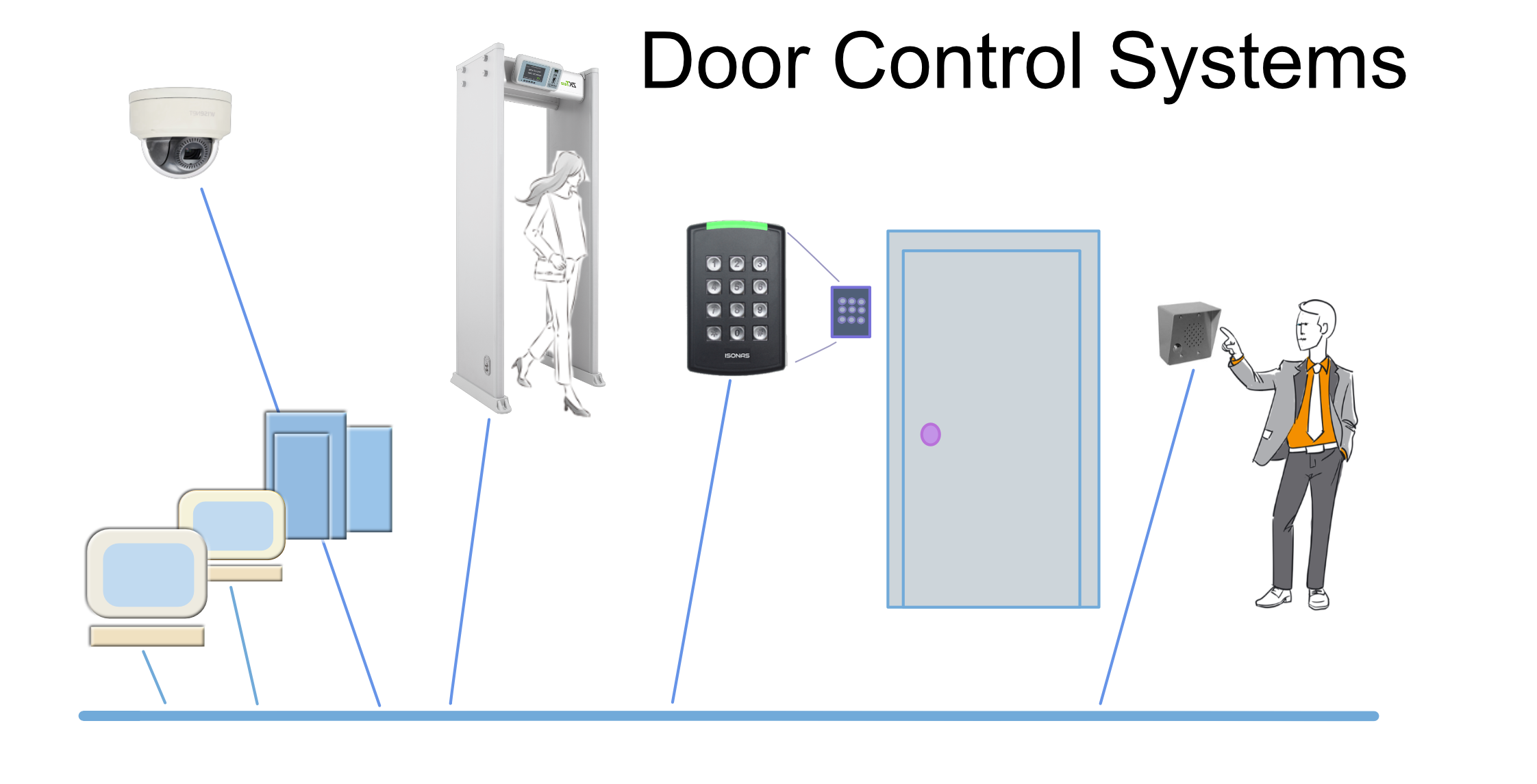
Securing Spaces: Navigating the Insights of Access Control Systems
Access control systems have become integral gatekeepers of security, providing advanced solutions for controlling and monitoring entry to physical spaces. This article explores the insights of access control systems, shedding light on their functionalities, benefits, and the transformative impact they have on securing various environments.
Evolution Beyond Traditional Locks: The Role of Access Control Systems
Access control systems mark a significant evolution beyond traditional locks and keys. In the digital age, the reliance on physical keys is diminishing as access control systems leverage electronic credentials, key cards, biometrics, or mobile applications. This modern approach enhances security and allows for more nuanced control over entry permissions.
Enhanced Security with Biometrics: A Futuristic Touch
One of the noteworthy features of advanced access control systems is the integration of biometrics. Biometric authentication methods such as fingerprint recognition, iris scans, or facial recognition add an extra layer of security. These unique identifiers ensure that only authorized individuals gain access, mitigating the risks associated with lost or stolen credentials.
Versatility in Authorization: Tailoring Access Permissions
Access control systems provide unparalleled versatility in tailoring access permissions. Organizations can define specific access levels for different individuals or groups, ensuring that employees, visitors, and contractors have precisely the level of access they need. This granular control enhances overall security and minimizes potential vulnerabilities.
Real-Time Monitoring: Vigilance at Your Fingertips
Access control systems offer real-time monitoring capabilities. Security personnel can track entry and exit activities, receive instant alerts for unauthorized access attempts, and generate comprehensive reports. This level of vigilance enables a proactive response to security incidents and enhances the overall situational awareness of a secured environment.
Integration with Security Ecosystems: A Comprehensive Approach
The effectiveness of access control systems is amplified when integrated into broader security ecosystems. These systems seamlessly collaborate with surveillance cameras, alarms, and other security devices. The synchronized approach ensures a comprehensive defense strategy, where multiple layers of security work in tandem to safeguard the premises.
Scalability for Diverse Environments: Adapting to Changing Needs
Access control systems demonstrate remarkable scalability, adapting to the varying needs of different environments. Whether it’s a small office, a large corporate building, or an educational institution, these systems can be tailored to the specific requirements of the space. This scalability ensures that security solutions grow in tandem with evolving organizational needs.
Audit Trails for Accountability: Tracing Access Activities
The incorporation of audit trails in access control systems adds a layer of accountability. Organizations can trace access activities, identifying who accessed specific areas and when. Audit trails not only serve as valuable tools for investigations but also act as deterrents, promoting responsible behavior within a secured environment.
Remote Access Management: Control Anytime, Anywhere
Modern access control systems often feature remote access management capabilities. Authorized personnel can control and monitor access points from anywhere with an internet connection. This remote accessibility proves invaluable for managing security in real-time, especially in scenarios where immediate action is required.
Yakima Futures: Explore Advanced Access Control Solutions
For those eager to explore advanced access control solutions, Yakima Futures offers a curated selection of cutting-edge devices. Discover a range of access control systems designed to elevate security, providing a glimpse into the future of controlled and monitored access in various environments.
Conclusion: Elevating Security Standards with Access Control Systems
Access control systems represent a paradigm shift in how we approach security. With their technological advancements, versatility, and integration capabilities, these systems are redefining the standards for securing physical spaces. As technology continues to evolve, access control systems stand as crucial elements in the safeguarding of environments, ensuring controlled access and peace of mind.
